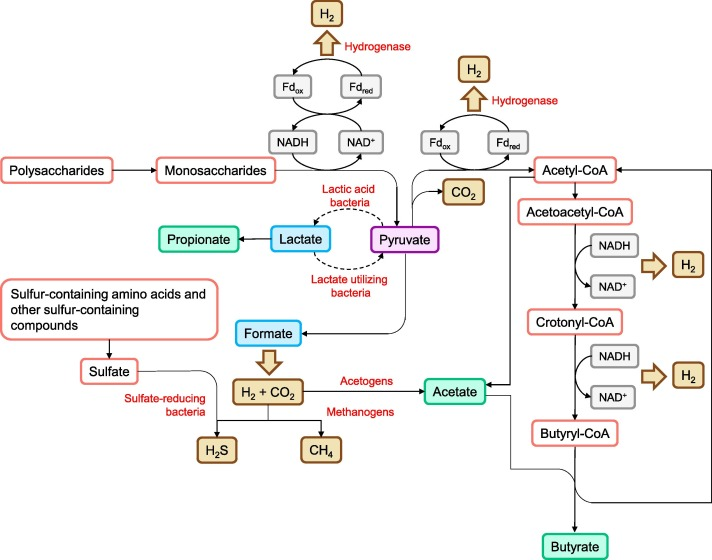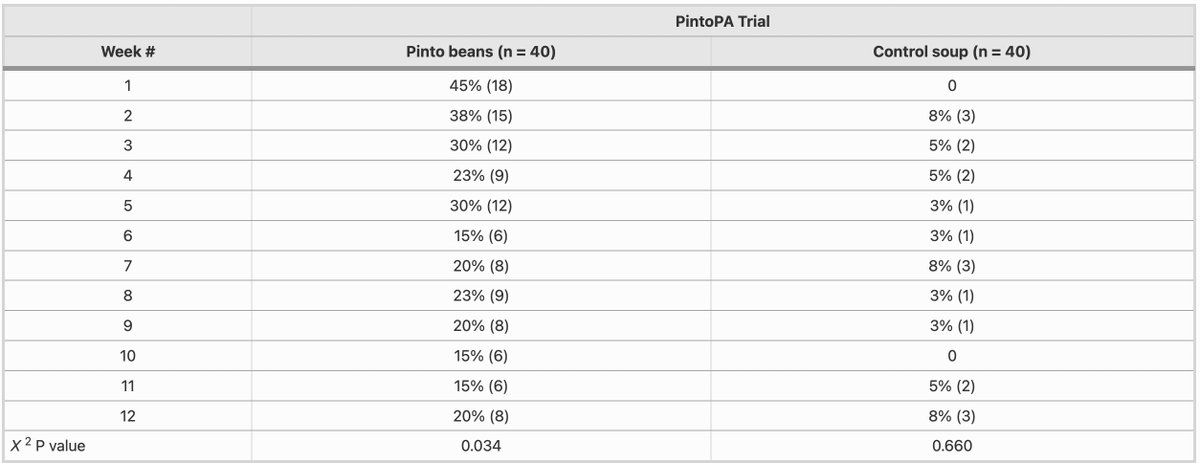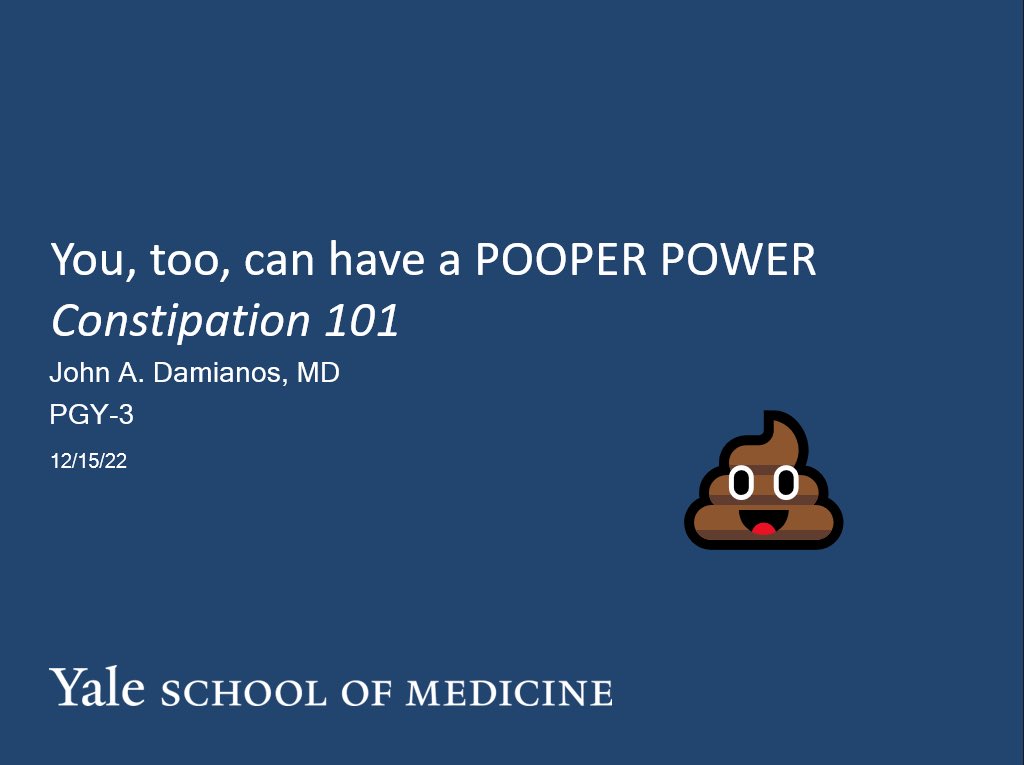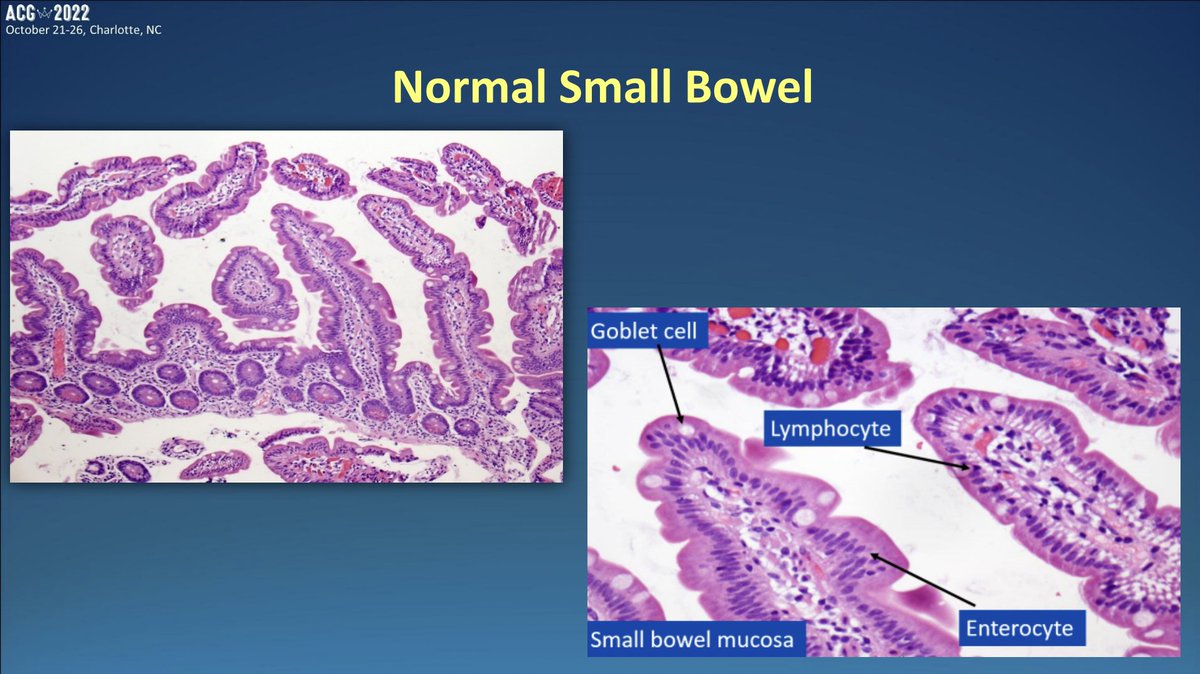
Diet, gas, and the #microbiome 💨
#MedTwitter #GITwitter #diet #nutrition #IBS #SIBO
sciencedirect.com/science/articl…
#MedTwitter #GITwitter #diet #nutrition #IBS #SIBO
sciencedirect.com/science/articl…
💨The gut microbiota generates ~0.2L–1.5L of gas per day
💨>99%: hydrogen (H2), carbon dioxide (CO2), & methane (CH4)– *odorless*
💨foul smell of gas from <1%: sulfur–containing gases hydrogen sulfide (H2S), methanethiol (CH3SH), dimethyl sulfide [(CH3)2S] + volatile compounds
💨>99%: hydrogen (H2), carbon dioxide (CO2), & methane (CH4)– *odorless*
💨foul smell of gas from <1%: sulfur–containing gases hydrogen sulfide (H2S), methanethiol (CH3SH), dimethyl sulfide [(CH3)2S] + volatile compounds
🦠bacteria in the colon ferment substrates that are not digested or absorbed in the upper GI tract (e.g. carbohydrates, proteins, fats)
🦠produce short-chain fatty acids, branched-chain fatty acids, ammonia, N-nitro compounds, phenolic and indolic compounds, and various gases
🦠produce short-chain fatty acids, branched-chain fatty acids, ammonia, N-nitro compounds, phenolic and indolic compounds, and various gases
💨H2 is the predominant gas produced by 🦠 (up to 1L of H2 can be produced daily), mostly by Bacteroides, Ruminococcus, and Roseburia
💨H2 can be used by bacteria (1/3) or eliminated via breath or flatus (2/3)
🧫Glycolysis pathway produces H2:
💨H2 can be used by bacteria (1/3) or eliminated via breath or flatus (2/3)
🧫Glycolysis pathway produces H2:

🦠CO2 made by Firmicutes and Bacteroidetes
🫁passively absorbed by colon into bloodstream, exhaled via breath (less is used by other 🦠 or eliminated via flatus)
🦠H2S made by sulfide reducing bacteria (mostly Desulfovibrio), which obtain sulfur from diet
🦠H2S 🔗 #IBD
🫁passively absorbed by colon into bloodstream, exhaled via breath (less is used by other 🦠 or eliminated via flatus)
🦠H2S made by sulfide reducing bacteria (mostly Desulfovibrio), which obtain sulfur from diet
🦠H2S 🔗 #IBD
💨ammonia exerts toxic effects on DNA and cells, and may contribute to colon cancer
💨methane is made by archaea (mainly Methanobrevibacter smithii)
💨⬇️total gas volume by utilizing other gases to form
💨associated with #constipation
💨methane is made by archaea (mainly Methanobrevibacter smithii)
💨⬇️total gas volume by utilizing other gases to form
💨associated with #constipation
💨77% of gas is metabolized by 🦠 or exhaled via the breath, while 23% is eliminated through the anus as flatus
💨patients complaining of bloating/increased gas generally do not have excess gas, but impaired gas handling and/or visceral hypersensitivity
💨patients complaining of bloating/increased gas generally do not have excess gas, but impaired gas handling and/or visceral hypersensitivity

🥦Diet can modify gas pathways: chronically, a flatulogenic diet ⬆️ gas-consuming pathways, enhancing the ability of gas to be absorbed into the bloodstream to be eliminated in the breath. 



💨foods rich in non–digestible, fermentable carbohydrates, proteins, and fats ⬆️ flatulence
💨common culprits: pulses, vegetables, fruits, whole grains, and dairy products
💨common culprits: pulses, vegetables, fruits, whole grains, and dairy products
🫘Pulses ⬆️ flatulence (esp is baseline fiber in diet is ⬇️) but with continued consumption, flatulence ⬇️
🫘raffinose family oligosaccharides (raffinose, stachyose, verbascose) in legumes cannot be absorbed (due to lack of α–galactosidase– supplementation can help ⬇️ gas)

🫘raffinose family oligosaccharides (raffinose, stachyose, verbascose) in legumes cannot be absorbed (due to lack of α–galactosidase– supplementation can help ⬇️ gas)


🧄vegetables⬆️in fructans (inulin-type)▶️flatulence
🧅inulin and fructooligosaccharides
🍎polyols (sugar alcohols) can ⬆️ flatulence and other GI symptoms, even in healthy individuals at high enough doses
⚠️polyols are commonly used as sugar–free sweeteners in gum & beverages

🧅inulin and fructooligosaccharides
🍎polyols (sugar alcohols) can ⬆️ flatulence and other GI symptoms, even in healthy individuals at high enough doses
⚠️polyols are commonly used as sugar–free sweeteners in gum & beverages


🌾whole grains have resistant starch that can be fermented, but mostly contain poorly fermentable carbohydrates such as cellulose and cross–linked arabinoxylan. Also fructans (levan–type)
🌾wheat is the major source of fructans in the American diet
🌾wheat is the major source of fructans in the American diet

🌾fermentable oligosaccharides, disaccharides, monosaccharides, and polyols (FODMAPs) ▶️ GI symptoms in people with visceral hypersensitivity (e.g., #IBS)
🌾those with non-celiac gluten sensitivity may in fact be sensitive to FODMAPs in wheat rather than gluten
🌾those with non-celiac gluten sensitivity may in fact be sensitive to FODMAPs in wheat rather than gluten
🍞sourdough yeast (Saccharomyces cerevisiae and Torulaspora delbrueckii) and Lactobacillus strains can ⬇️ fructan content in wheat flour
🥛dairy▶️GI symptoms in a significant portion of the global population due to lactase deficiency
🥛70% of the population has lactase deficiency (lactase persistence is the minority!)
🥛visceral hypersensitivity can also▶️GI symptoms with dairy, irrespective of lactase levels
🥛70% of the population has lactase deficiency (lactase persistence is the minority!)
🥛visceral hypersensitivity can also▶️GI symptoms with dairy, irrespective of lactase levels
• • •
Missing some Tweet in this thread? You can try to
force a refresh






























